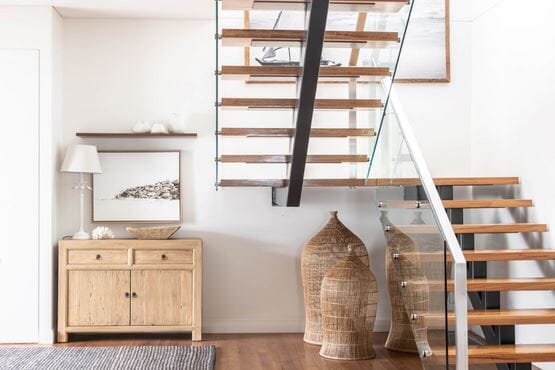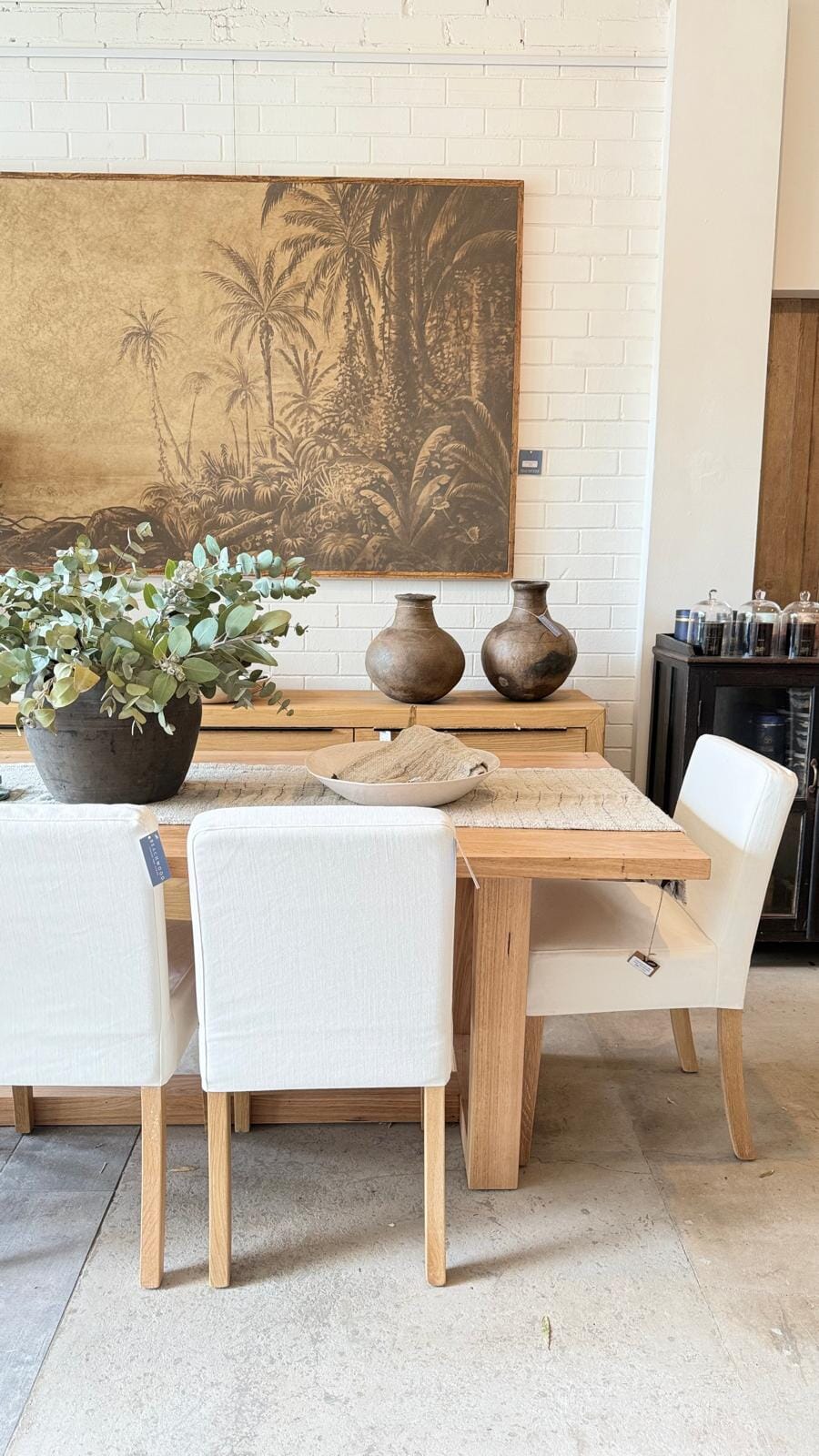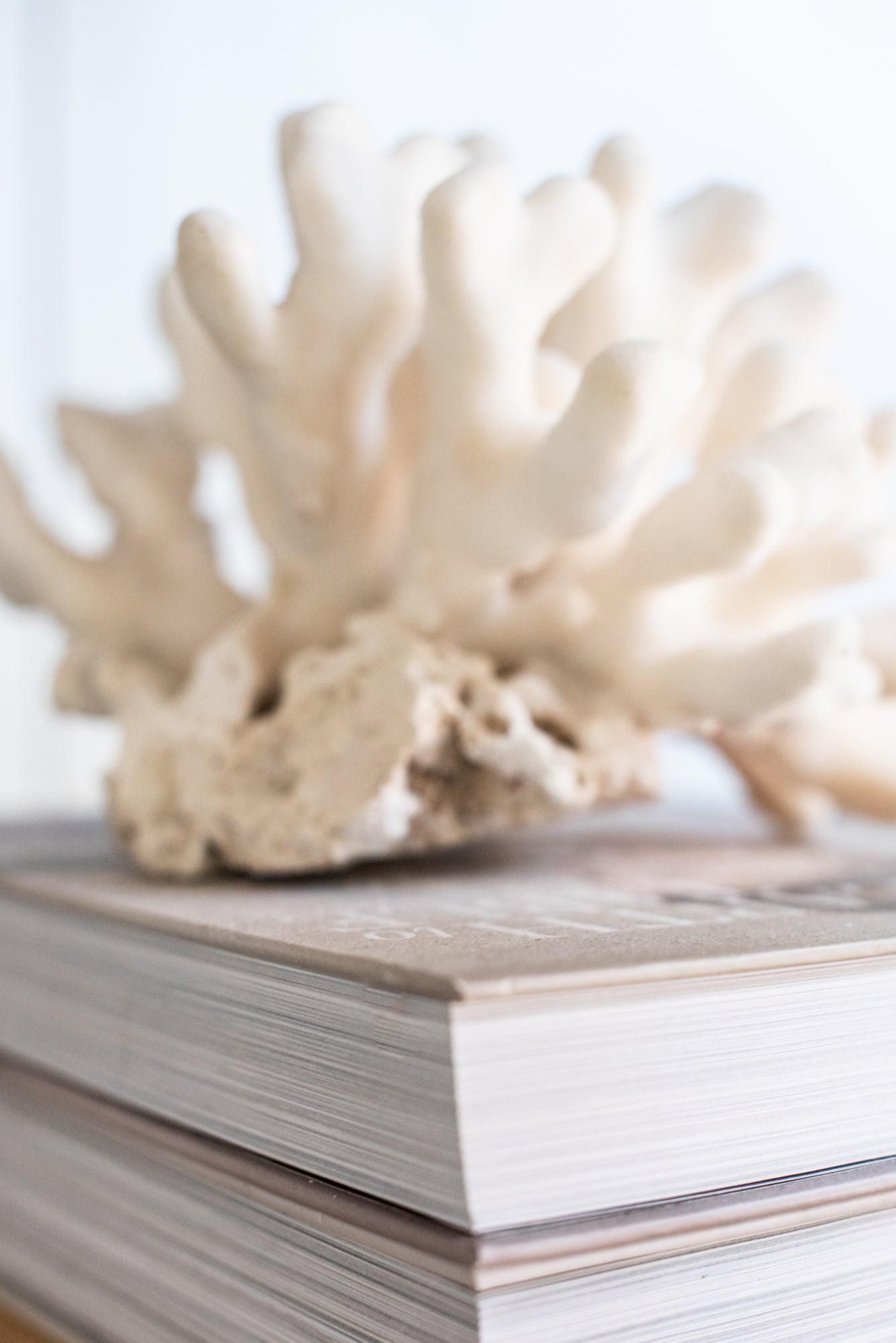A recurring question we're asked by customers who come to visit us is if the new dining table or sideboard they'd like to purchase will combine with their hardwood floors or other wooden pieces they have at home.
If you have ever had the chance to visit our warehouse, you'll see various timbers throughout the showroom - a mix of tones that somehow beautifully combine together. We are firm believers in blending woods to add character - the perfectly imperfect combination mimics nature and brings any room to life.
Over the years we've learned a few tricks to achieve this timber blending look and have written them down in the hope it will make your own wood mixing & matching journey a little less stressful:
1. Identify the Dominant Timber Tone
There could be more than one, but usually the dominant tone will appear in your floorboards, cabinets or window frames. If you don't have any significant timber finishings in the space, the principal tone will be set by the largest piece of furniture in the room - dining table, desk, sideboard, etc.
Make a mental note, take a picture or carry a sample with you when shopping as this dominant tone is the shade you'll reference when deciding on other pieces for the room.

2. Match the Undertones
All timbers tend to have an undertone - they can be light, dark or somewhere in between but they all pull towards a certain colour which can be warm (reds, oranges & yellows), cool (greens, blues & blacks) or neutral when you look at it.
Once you've identified the undertone the key to cohesive blending is to always stick to similar tones that complement the lead timber. For example, if your dominant timber has mostly warm undertones in it then you want to work with other timbers that also have warm undertones.

3. Contrast Tones to Achieve Depth & Interest
Feeling courageous? Experiment with contrast. Pair a dark timber with a polar opposite light timber tone. This particular mixing style works great in dining rooms and you can achieve it by pairing a light driftwood table with black stained chairs. Classic & chic!

4. Balance Timbers Throughout the Space
Balance is key! To achieve balance simply repeat a tone throughout the space by distributing it once or 2-3 times around the room. You can use the same timber tone on the window frame, the coffee table and even in a picture frame.
5. Use a Rug to Buffer
Break up the monotony or differing wood species using a rug to buffer. They add a layer of texture and break up the continuity which is helpful if you have timber flooring.
We're always available if you need any help selecting a piece to combine with your other timber furniture. Feel free to reach out via email at us@beachwood.com.au and tell us what you're looking for.
Happy timber mixing!










